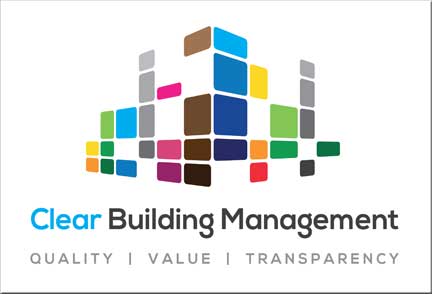 Rob Plumb, CEO of HML Holdings, explains the dangers of that lie in the right to manage process
Rob Plumb, CEO of HML Holdings, explains the dangers of that lie in the right to manage process
Normally a written contract works well to keep an agreement in place because both parties to the contract want the same outcome. “Right to Manage” isn’t a normal contract. It sounds, initially, so straight forward. RTM enables leaseholders to take over the management of their building without having to prove that their freehold landlord is at fault. The process can, however, be fraught with complication and danger particularly if one party to it (the landlord) is less than enthusiastic or even uncooperative about it. There are of course many examples of freeholders who have accepted RTM and have professionally managed the transfer of responsibilities but sadly there are many who have not.
One point worth establishing before you get started is whether or not you need to engage in in the Right to Manage process at all. If your objective is to simply change your managing agent check your lease and find out if it empowers you to change your manager with a simple vote in favour from the leaseholders. You could avoid a good deal of time and expense if it does.
The main danger areas for leaseholders probably fall under these headings:
1. Avoiding wasted costs at the start (which includes making sure Right to Manage will work for your building )
Establishing that over 50% of qualifying leaseholders will join the Right to Manage process is important before costs are incurred.
There could be 2 points to address:
i) Making sure that your building qualifies for RTM. The building must be self-contained with at least 75% of the floor space being for residential purposes. In addition over two thirds of the flats must he held on leases which were originally for 21 years or more.
ii) It is worth conducting a ballot of lessees to ensure at least 50% will join the Right to Manage process
If your building and circumstances are reasonably straight forward getting the answers to these questions does not necessarily need to cost a lot of money. Some professional managing agents will undertake this work for a modest fee. It is not necessary to use expensive “advisors” who require a significant sign on fee before these points are established.
If the answer to either of these questions is complicated you should seek the advice of qualified surveyors or solicitors who have experience in this area.
Once you have established that you are able to pursue the right to manage process you are better placed and will have the necessary confidence to commit to the use of professional advisors. You will need to undertake a specific legal process involving notices to lessees as well as setting up an RTM company.
2. Dangers during the transition phase
Once the Right to Manage Company has been set up (at the cost of those initially wanting to promote it) the other leaseholders and the freeholder must be approached formally to join in. After notice has been served and the date of takeover is established, the RTM directors have to engage in an awkward process of deciding which of the landlord’s contracts for services to the building they wish to take over. This can be an extremely difficult time particularly if the landlord does not wish to handover the remaining service charge monies. He may well use the lack of certainty as to which outstanding contracts or bills might still be payable (after the transfer) as an excuse. There are time limits on obtaining the information which a disgruntled freeholder can take advantage of and which can leave the RTM company at the time of take over with no information and no funds. The process must be managed correctly and would be made considerably easier if both parties agree to an independent managing agent and an independent auditor. It is imperative that the RTM company fully understand which of the landlords obligations in the lease they are inheriting. In virtually all cases new RTM directors will not have experience of these circumstances and professional advice from those who have had direct experience is critical.
3. Responsibilities as directors of a RTM company
Unfortunately dangers remain even after the transfer of assets and contracts have occurred. The Act that created RTM also has general provisions that enable the landlord to reverse the RTM process if new Directors slip up in their management of the company afterwards. These include any breach of their inherited obligations, any risk of insolvency, any unfair service charge demands, failure to comply with any relevant code of practice or indeed any other “just and convenient” circumstances.
Such a reversal would need to be decided upon by an LVT ruling but the reasons are so far ranging that it is clearly wise to have the advice from professionals who have experience with this process.
There is no question that Right to Manager legislation is having an increasingly positive effect on the enfranchisement of leaseholders. However like so many issues surrounding leasehold law it is by its very nature complicated. The law does not easily cover the variety of circumstances that can arise for a diverse array of properties. Navigating your way through these complexities can carry significant dangers of misunderstanding.

























